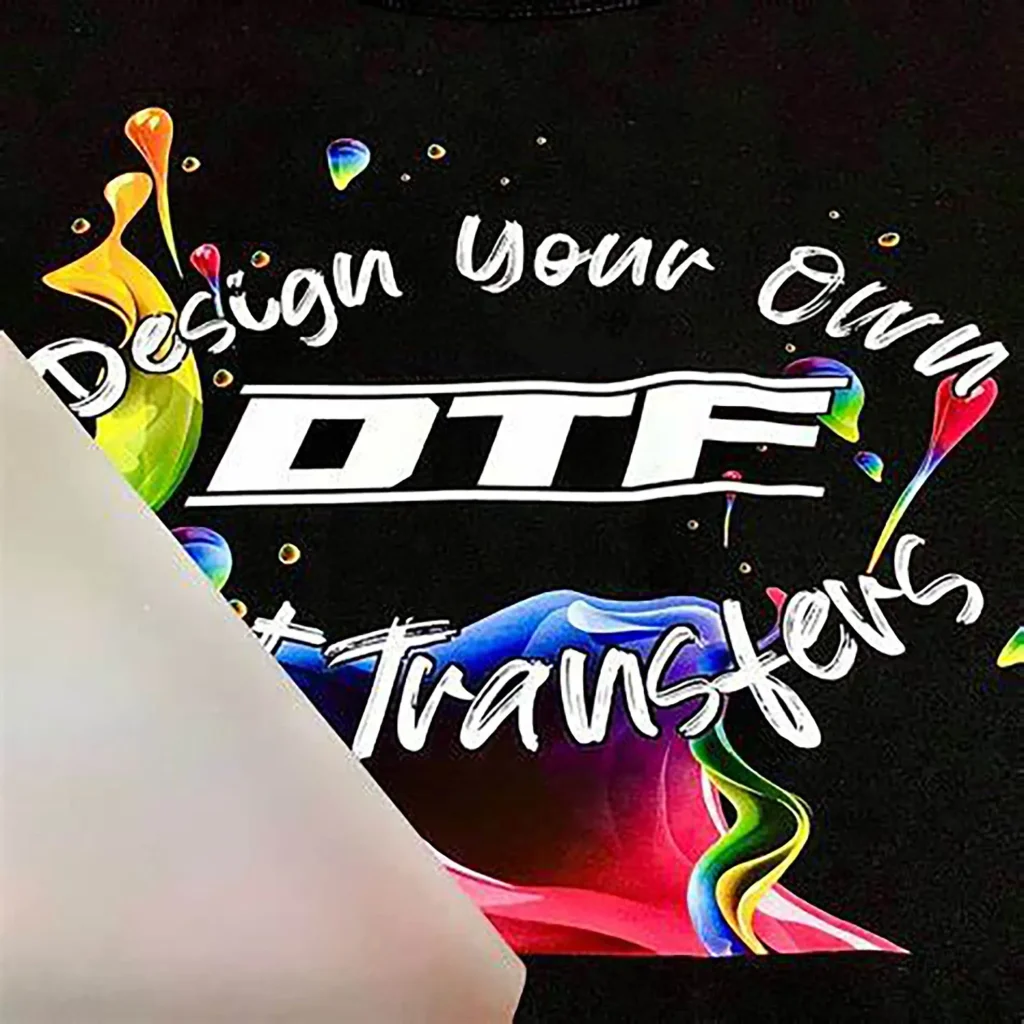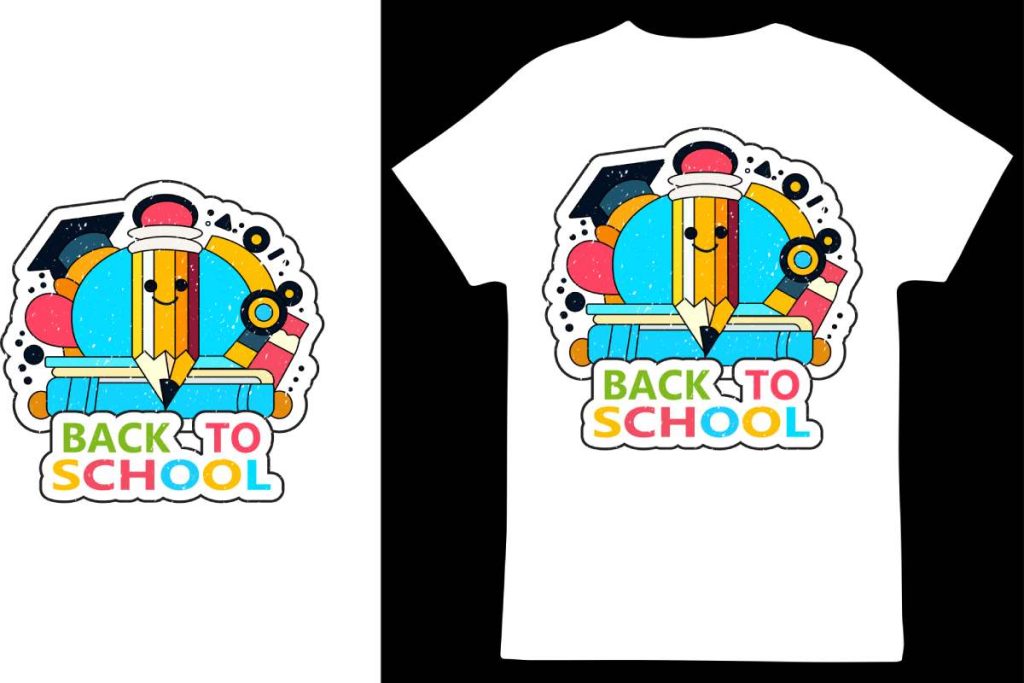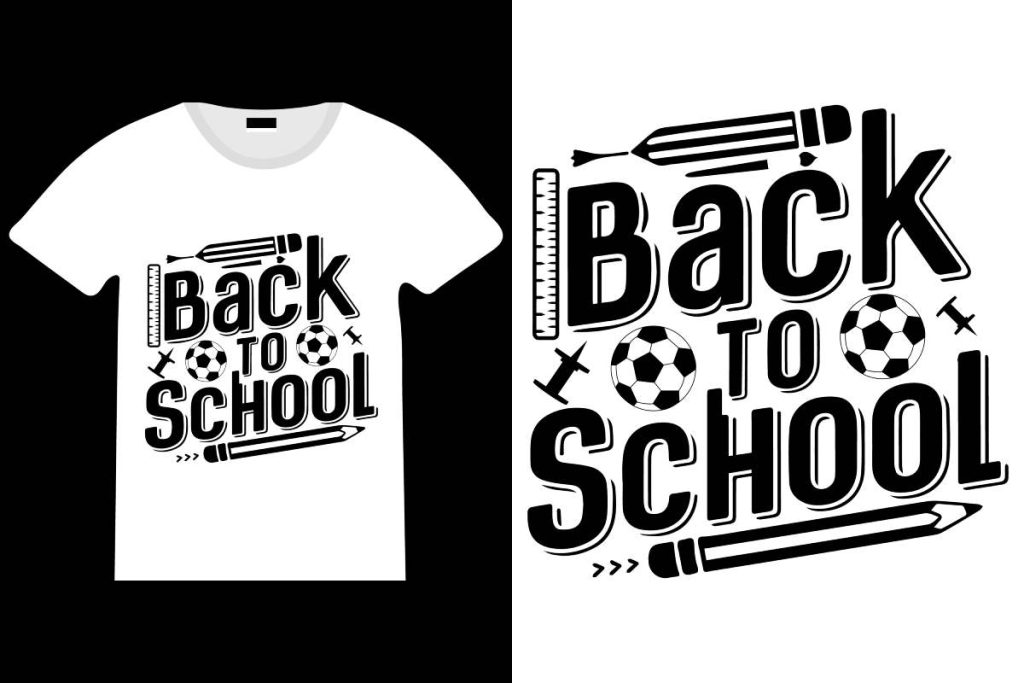DTF transfers, or Direct-to-Film transfers, have revolutionized the custom apparel printing industry, offering a unique and effective way to create vibrant apparel designs. This innovative technique involves printing designs onto a special film, allowing for a seamless transfer onto various fabric types, from cotton to polyester. The DTF transfer process not only produces stunning colors but also ensures long-lasting durability, making it a preferred choice among fashion enthusiasts and businesses alike. As eco-friendly printing techniques gain traction, DTF transfers provide a sustainable alternative to traditional methods without compromising on quality. Dive into the world of DTF transfers and discover how this dynamic printing technology can help you unleash your creativity and enhance your apparel decoration methods.
In the realm of custom printing, Direct-to-Film (DTF) applications stand out for their ability to produce eye-catching and enduring designs. Often referred to as film transfer printing, this advanced technique leverages cutting-edge technology to allow designers to transfer images onto fabric with remarkable precision and vibrancy. Ideal for apparel decoration, this method integrates eco-conscious practices by utilizing water-based inks, enhancing the appeal for environmentally aware creators. By employing DTF functionality, users can explore a myriad of design possibilities, ensuring that their final products not only meet but exceed expectations. With the continuous evolution of apparel decoration strategies, DTF processes are reshaping the future of textile prints.
Understanding the DTF Transfer Process
The DTF transfer process revolutionizes the way we perceive custom apparel printing. It begins with the careful selection of fabrics and the creation of designs using specialized graphic software. The core of this method lies in its ability to reproduce complex designs with remarkable accuracy, ensuring vibrant colors that pop on any apparel. This is accomplished through the use of eco-friendly, water-based inks which not only contribute to stunning visuals but also align with sustainable printing practices, making DTF a favorable option for conscious creators.
After the design is established, it gets printed onto a special film, which is crucial for transferring vibrant images to clothing. The DTF transfer process utilizes a white underbase that enhances the boldness of colors on dark fabrics, ensuring that the final product is visually striking. This step underscores the versatility of DTF printing, as it can adhere to various fabrics, from cotton to polyester blends, giving various apparel options without compromising quality.
The Advantages of Using DTF Transfers
DTF transfers come with numerous advantages that set them apart from traditional apparel decoration methods. One of the key benefits is their ability to produce vibrant colors that retain their integrity even after multiple washes. This durability means that the designs maintain their vivid appearance over time, making them ideal for everyday clothing. Additionally, DTF transfers offer a soft finish, ensuring that the print doesn’t feel heavy or uncomfortable against the skin.
In comparison to other printing techniques, DTF transfers are surprisingly straightforward to execute, making it an attractive option for both beginners and seasoned professionals. They allow for greater creativity and personalization in design while effortlessly adapting to different fabric types. As the industry shifts towards more eco-friendly printing techniques, DTF printing stands out, not only for its vibrant results but also for its sustainable approach.
Another undeniable benefit of DTF transfers is their versatility in application across various materials, ensuring that the creative possibilities are nearly limitless. This flexibility coupled with high-quality outcomes makes DTF an excellent choice for custom items and bulk orders alike, catering to both individual creators and larger businesses.
Steps to Successfully Create DTF Designs
Creating vibrantly designed apparel with DTF transfers involves a systematic approach. The initial step is crucial: design creation, where you can harness graphic design software to bring your artistic vision to life. Ensuring your design is high resolution allows for clearer prints, which is fundamental to making vibrant apparel designs stand out. Moreover, employing a transparent background during this process can significantly amplify design clarity on fabric.
Following the design phase, attention must shift to printing—the heart of the DTF process. The film needs to be loaded correctly into the printer, and settings should be adjusted to suit the DTF film and ink type. This includes calibrating color density and print quality settings to achieve those bright, striking colors that characterize DTF prints. Each step from preparing the film to printing requires precision to ensure the final product exhibits the vibrance and durability that customers have come to expect.
Applying Adhesives: A Key Step in DTF Printing
One of the most critical aspects of the DTF transfer process is the application of adhesive. This step takes place immediately after printing while the design is still wet, necessitating a steady hand and careful technique. The powdered adhesive is applied evenly on the printed side of the film to ensure a proper bond between the fabric and design during the heat transfer stage. Taking the time to do this meticulously can drastically affect the longevity of the print.
Furthermore, curing the adhesive under heat is essential, as this reinforces its bonding capabilities and ensures that the vibrant colors remain intact over time. This process should not be rushed; giving it the appropriate time and temperature allows the design to not only adhere properly but also enhances its overall durability, making it resilient against wear and repeated washing.
Transferring Designs: Essential Techniques
Transferring the design from film to fabric with DTF prints requires precision and the right equipment. A heat press machine is typically used to recreate the necessary conditions for a successful transfer, balancing heat, pressure, and time to effectively bond the design to the fabric. It’s important to follow the specific guidelines for temperature, generally between 320°F and 350°F, to ensure optimal conditions for the adhesive and ink.
After applying the heat press, carefully peeling away the film will reveal a stunningly vibrant design that is soft to the touch and profoundly integrated into the fabric. This step is crucial not only for aesthetics but also for the durability of the print. With the right techniques applied consistently, DTF transfers deliver results that are as beautiful as they are long-lasting, making them a popular choice among designers and business owners alike.
The Future of DTF Transfers in Custom Apparel
As the custom apparel market grows, so too does the potential for DTF transfers to evolve and adapt to new trends. With an increasing number of resources and tutorials available, aspiring creators can learn the intricacies of DTF printing and apply these innovative techniques to their designs. The educational landscape for DTF printing is continually expanding, providing users with tools and knowledge to improve their skills and output.
Moreover, as sustainability becomes a priority for consumers, DTF transfers gain an edge due to their use of eco-friendly printing techniques. This alignment with consumer values not only promotes environmental responsibility but positions DTF printing as a forward-thinking choice in the apparel industry. With technology advancing and consumer preferences shifting, DTF transfers are poised to play a significant role in shaping the future of apparel decoration.
Frequently Asked Questions
What are DTF transfers and how do they work?
DTF transfers, or Direct-to-Film transfers, are a cutting-edge printing technique that allows designers to print vibrant designs onto a special film using water-based, eco-friendly inks. This film is then heat-pressed onto fabric, effectively transferring the design. This method is widely favored for its ability to create detailed and durable prints.
What are the benefits of using DTF transfers for apparel decoration?
The benefits of using DTF transfers include vibrant color reproduction, versatility across fabric types, and enhanced durability compared to other printing methods. Additionally, DTF transfers provide a soft finish that makes the printed apparel comfortable to wear, making them a popular choice for various apparel decoration projects.
Can DTF transfers be used on all types of fabrics?
Yes, DTF transfers can be applied to a wide range of fabric types, including cotton, polyester, and blends. This versatility allows for creative applications in apparel decoration, making DTF printing an ideal choice for custom designs on various clothing items.
What is the DTF transfer process like?
The DTF transfer process involves several key steps: designing your artwork, printing it onto DTF film, applying a powdered adhesive, heat-pressing the film onto fabric, and final curing for durability. This step-by-step approach ensures that designs maintain vibrancy and longevity, making DTF transfers a reliable option for custom apparel.
Are there eco-friendly printing techniques associated with DTF transfers?
Yes, DTF transfers use water-based inks that are considered eco-friendly compared to traditional solvent-based inks. This makes them a sustainable choice for custom apparel decoration, allowing businesses to produce stylish clothing while minimizing environmental impact.
How do I achieve the best results with DTF transfers?
To achieve the best results with DTF transfers, start with high-resolution designs, ensure proper printer settings, and use a white underbase for vibrant colors. Applying the adhesive evenly and following the heat transfer guidelines based on fabric type are also crucial steps to ensure detailed and durable prints.
| Key Element | Details |
|---|---|
| Introduction | DTF transfers revolutionize custom apparel printing by providing a reliable and stunning method for bringing designs to life. |
| What are DTF Transfers? | DTF transfers are a printing technique that involves printing designs onto a special film which is then transferred to fabric using heat and pressure. |
| Benefits | 1. Vibrant Colors 2. Versatility across various fabrics 3. High durability for everyday wear 4. Soft finish for a quality feel |
| Steps to Create Designs | 1. Create Design in graphic software 2. Print Design onto DTF film 3. Apply Adhesive on printed film 4. Transfer using heat press 5. Final Curing for durability. |
| Recent Developments | Growing interest in DTF printing with increased resources and tutorials available for beginners. |
Summary
DTF Transfers offer a revolutionary way to create vibrant and high-quality designs for custom apparel. This innovative method utilizes a unique printing technique that allows for a diverse range of colors while ensuring durability and a soft finish. By mastering the step-by-step process outlined above, anyone—from hobbyists to small business owners—can bring their creative visions to life with ease. As DTF printing continues to rise in popularity, it remains a valuable tool for those looking to enhance their design capabilities in the apparel industry.



